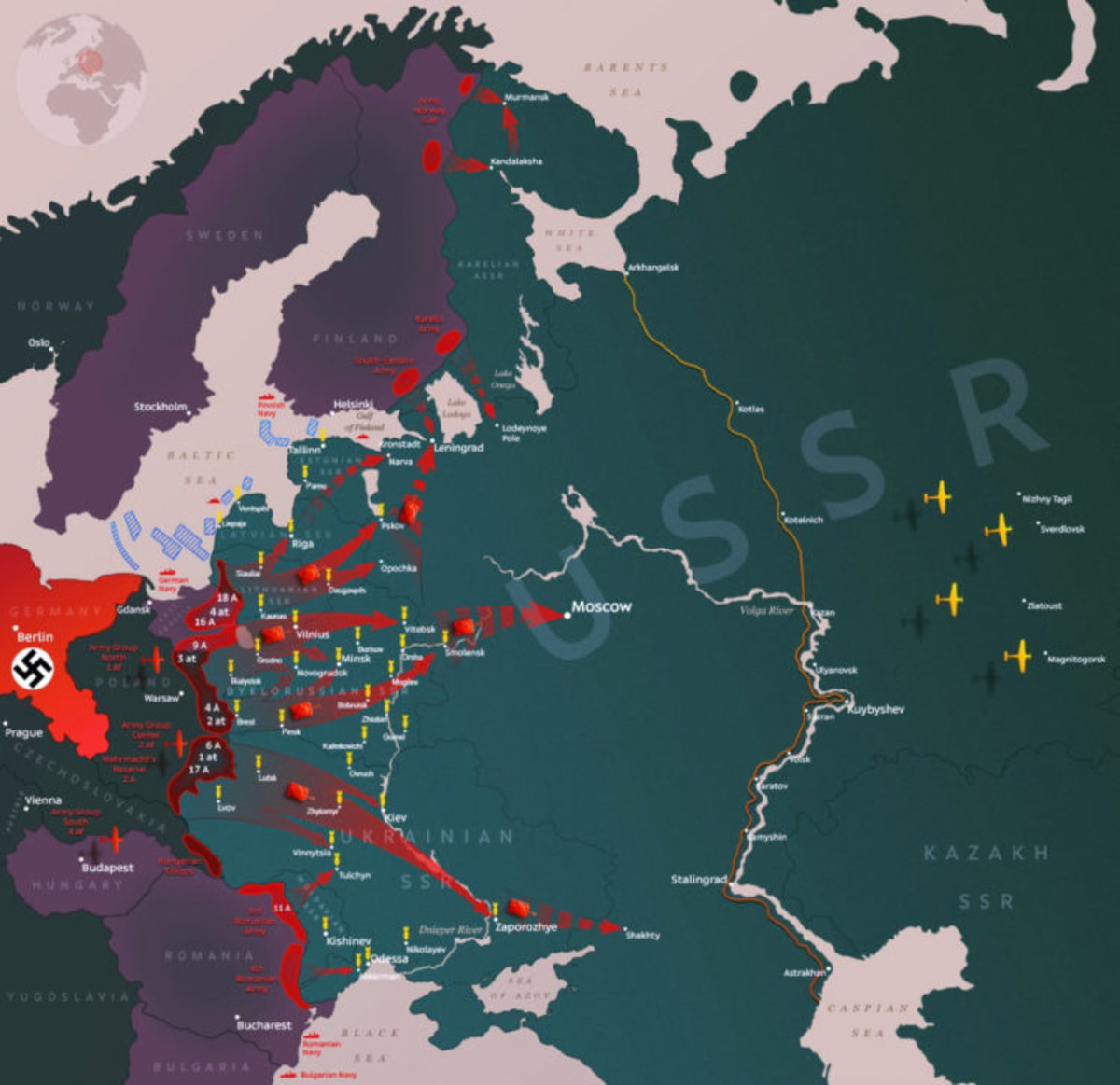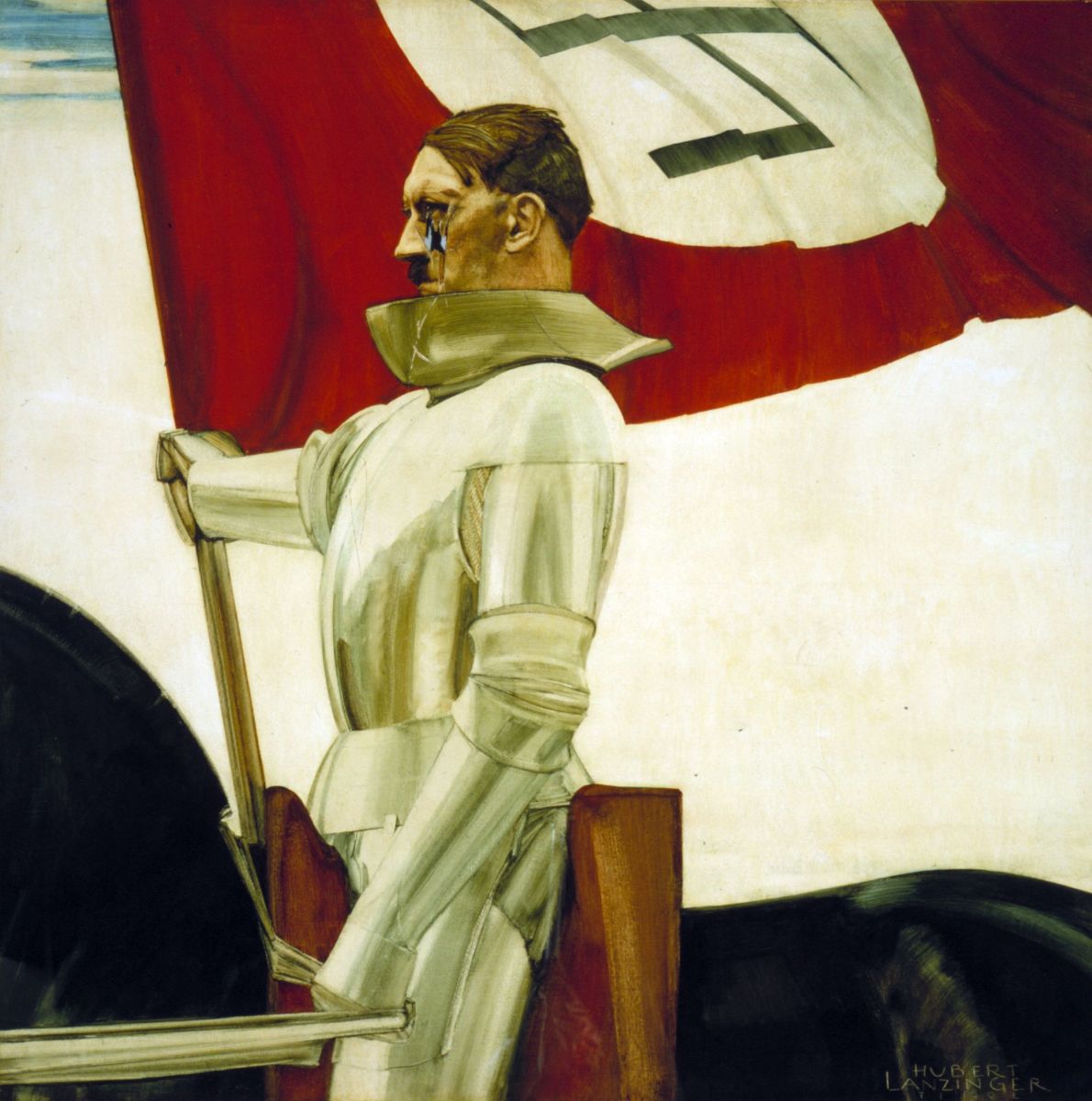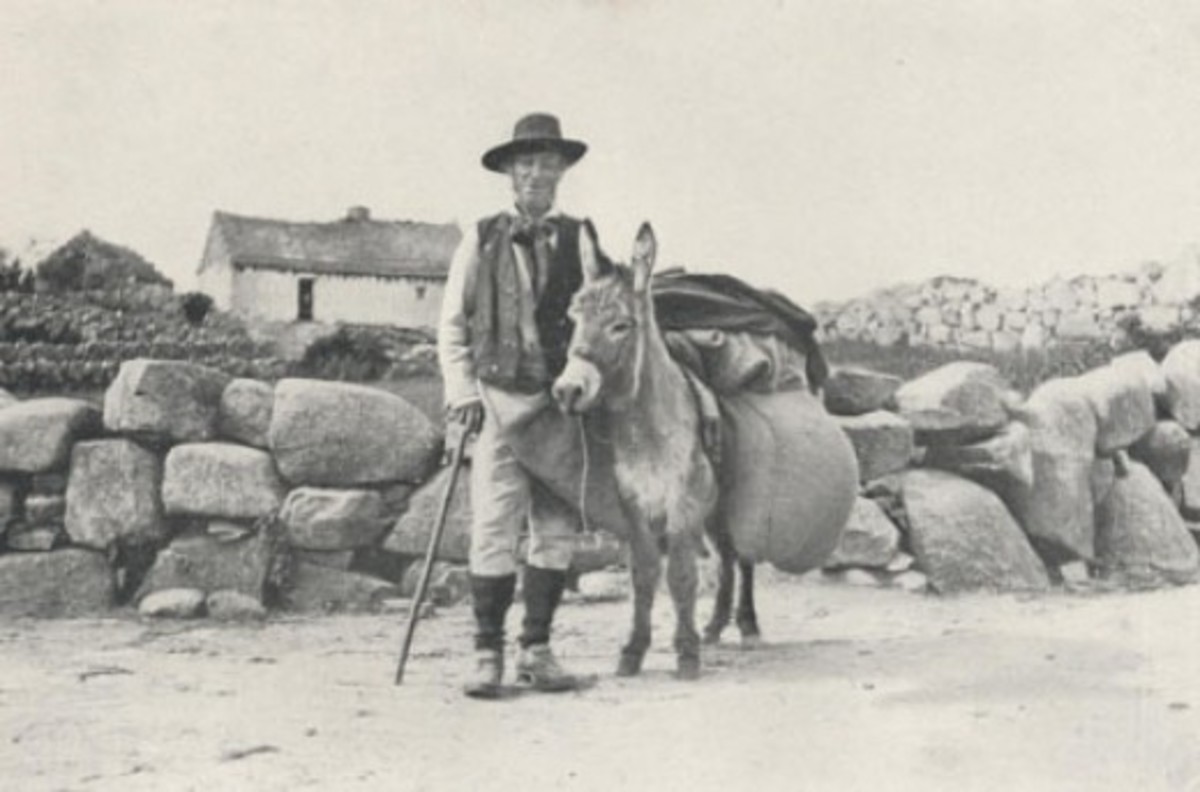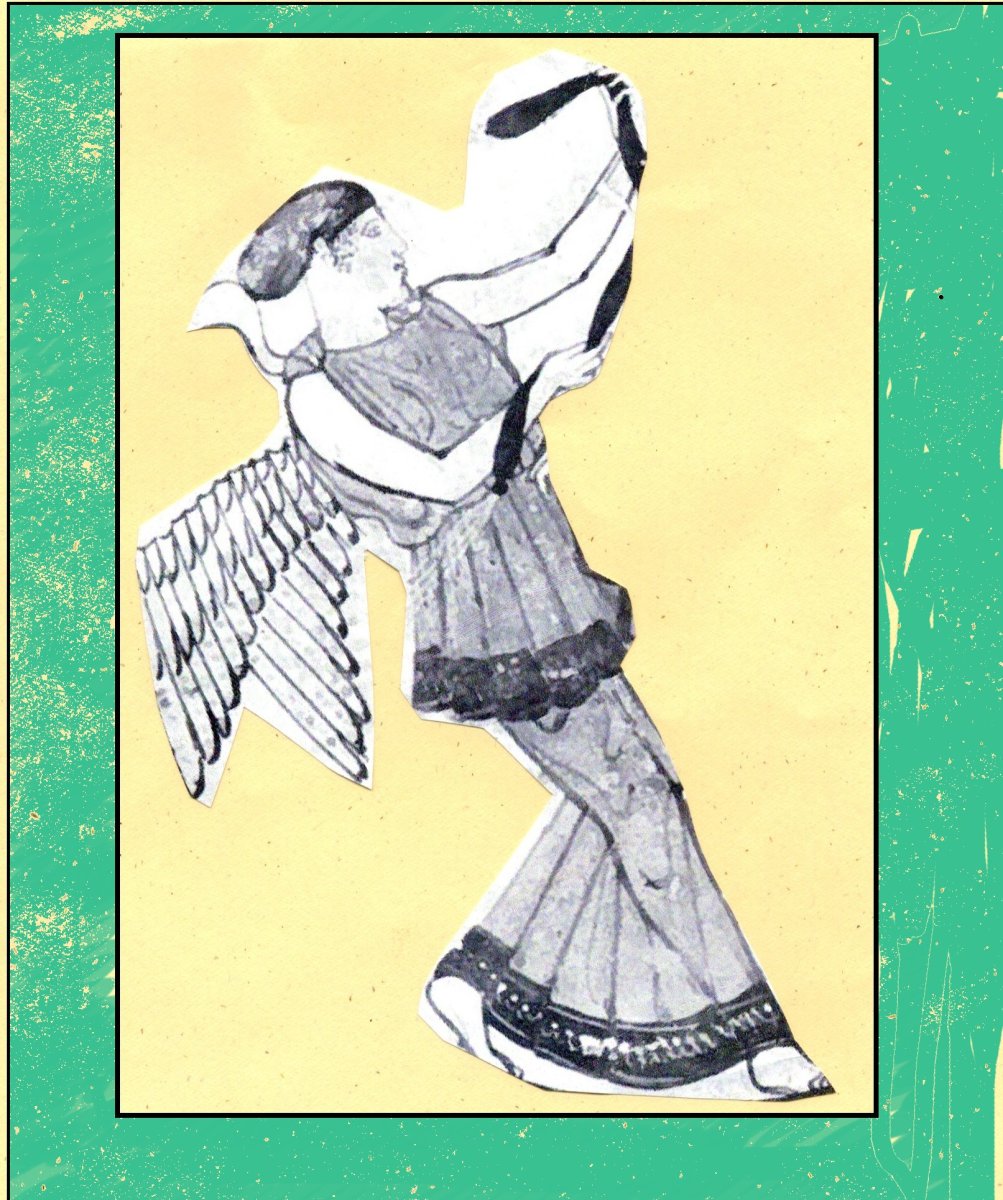The Great Orator, Hitler?

In primary school, Hitler showed great promise: he won his classmates' admiration for his grades and for the charisma that contributed to his political success later on. This changed, however, when Hitler entered secondary education. There was a lack of direction and competitiveness, which led to the loss of most of his fellow admirers. Hitler soon learned to relate to younger students in order to combat this feeling of loss. By positioning himself as their leader, he was able to order them as they played the war games which were very popular in a Europe that was torn apart.
The poor academic performance of Hitler as a child may have suggested an individual without self- motivation (Cline, Hitler: 1889-1936 Hubris, by Ian Kershaw) because he did not have a positive self- image and lacked self-confidence. But what he had was an aura that encouraged trust and a degree of nationalistic awareness that enabled him to show sympathy for nationalist sentiments of the people. The ability of Hitler to maintain trust in his audience was essential to his oratory performance.
Hitler's eloquent rhetoric in defence of German nationalism was surprising and unexpected at first glance (Krershaw 1936-1946 Nemesis). In others, his speeches inspired conviction. Its eloquence gave the German people a common voice to shout their complaints and to fulfil their need for their national prestige and power to be restored. Adolf Hitler was their motivation and their voice. In nationalist speeches, his effect on the German nationalists was such that they were willing to "kill or be killed" in order to recover their uncompromising national interests. This was the stage of Hitler. Deeply motivated by what he must have regarded as his calling in life and inspired by his vanity, Adolf Hitler used his art to enhance his reign's façade and to inspire German imagination with references to Aryan supremacy. However, his characteristic insensitivity disregarded the consequences of the actions that his ardent speeches would lead his fellow Germans to perform.
What made the great speaker Hitler?
Stern suggested that little difference was made between the speeches made before and after 1933.(36.) The speeches of Hitler consistently contained three elements: timing, delivery and structure, all of which contribute to the oratory performance of Hitler. It is important to note that Hitler's speeches generally followed some sort of event, whether it was a victory or political success. After such an event, Hitler focused the audience on his and the crowds participating in the event, praising the German people for their courage and morality.
"What seems to us almost a miracle as we look back upon it is nothing else than the reward for infinite and unwearying labor...."
(Weimar Speech 1938.)
It is also interesting to note that Hitler always preferred to speak later in the evening, allowing excitement and anticipation to build up among the audience prior to his appearance. Before 1933, during Hitler's push for political power, his speeches were held in rooms filled with an atmosphere of crowded tension and drama, almost like a movie set. The concept of lights, atmosphere and drama continued in Hitler's career as an orator and culminated in the ultimate propaganda coup: the Nuremburg Rally.
Using and delivering Hitler's language was simple but extremely efficient. His speeches required the participation of the audience. There was a need for the audience to understand his message, and therefore, just before the speech, he reiterated old information or information previously fed to the crowd through propaganda. In order to keep the speech fluid and the audience fascinated, Hitler's speeches praised the German people with a focus on their successes. There would be a common bond between himself and the crowd, which would reiterate the political struggles of the past and the future military struggles. Layer by layer, Hitler laid the basis for justifying his actions and the actions of the people, focusing on their common threats: communists and Jews to name but a few. Now the crowd would be linked to Hitler and his regime. Hitler would reiterate in every speech how they accomplished everything together.
"And when today I examine the results of this action of ours, then I am able to say: Judge all of you for yourselves: Have we not gained enormously through acting on these principles?"
(Weimar Speech 1938).
As time went on, the layers decreased and were replaced by a ritual acceptance in the form of 'Sieg Heil.' What was not diluted, however, was the continuous praise of Hitler for the German people and for himself.
Hitler was now able to encourage the crowd to participate more pro-actively by using simple closed questions. In his book, Stern used Hitler's 1936 speech as an example:
‘I put this question to the German people: do you desire that the hatchet between us and France be buried at last, and that there should be peace and understanding? If that is what you wish, then say ‘Yes’.
'I know’ [Hitler pauses] ‘I know it is not the millions who would have to take up arms if these slanderers had their way and succeeded in their intensions [..]’ (38-39).
And I shall further ask the German people: 'Do you desire that we should oppress the French nation to curtail its rights?' And I will say 'No, we do not want that!'
I ask myself: who are these elements that do not want peace, that do not want peace, that do not want reconciliation, that continue to hurt us and that must sow the seed of distrust- who are they?'
[Answer from the crowd] 'The Jews!'
What we see here is a simple involvement of the crowd answering questions with a ' yes' or a 'no.' Not only does this participation cement Hitler's position as leader, but it also involves the German people in the crime. The crowd, Hitler and Hitler's ideology become one through simple language manipulation through classical rhetoric. This methodology has probably extended to its dual policy: black and white, problem and solution, yes and no. Hitler's ideology was therefore summed up in a rhetorical question that did not require an answer.
Works cited:
Kershaw.I 2001 Hitler: 1889-1936 Hubris Penguin:London
Kershaw.I 2001 Hitler: 1936-1946 Nemesis. Penguin:London
Stern.J.P 1975. Hitler The Führer and the People. Collins: Glasgow.
© 2019 Oluwafemi Okeowo








